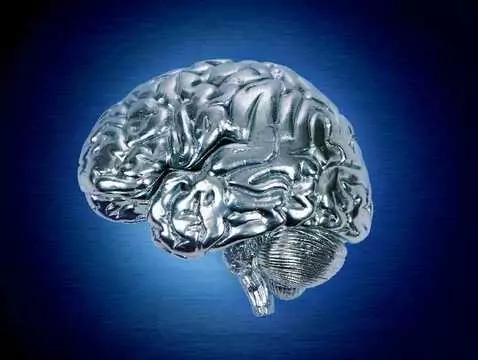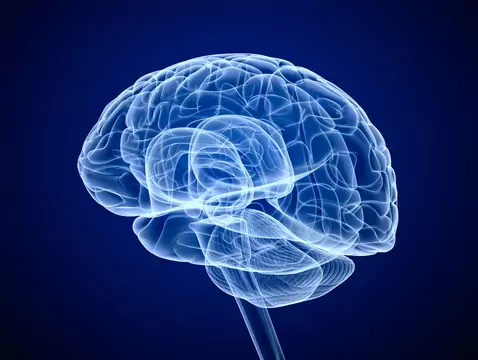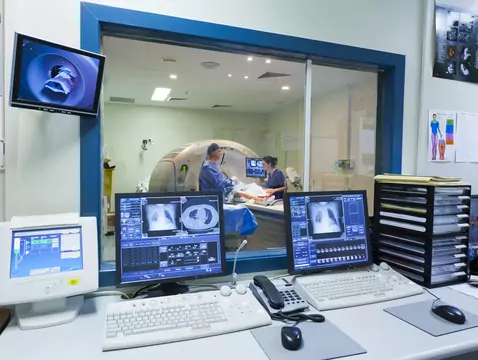Cerebrovascular diseases (22 contents)

Myocardial infarction - how do you tell the difference between a heart attack and a stroke?
Myocardial infarction and stroke are both life-threatening emergencies. Some of the symptoms may be similar, but in reality they are completely different conditions. The sooner a person recognises a...

What can be the causes of excessive drooling?
While the drooling of a baby does not attract much attention, it is definitely not the case with older people - drooling in a teenager or an elderly person is not normal. What is more, if such a...

Breakthrough in the diagnosis of brain aneurysm and epilepsy
Both brain aneurysm and epilepsy represent a highly significant and population-threatening medical problem. Making the right diagnosis is crucial for each patient and, as global research shows,...

Oral bacteria and stroke - what could they have in common?
Ischaemic stroke is the most common form of stroke and is associated with the formation of thrombi in the arteries that supply structures in the central nervous system. Atherosclerosis is considered...

Stroke: find out what the risk is!
Stroke is the third most common cause of death and the leading cause of loss of independence in adults. So what do you need to know about it? How to recognise it and how to prevent it? Find the...

Intracranial aneurysms - risks and treatment
Intracranial aneurysms are at risk of rupture, which can lead to serious disability or even death due to subarachnoid haemorrhage. They can be detected by imaging methods such as angiography and CT...

Intracranial aneurysms - what are they and how do they manifest?
General characteristics of intracranial aneurysms, their incidence and the symptoms they cause.

Psychotherapy in post-stroke depressive episodes
A stroke is a sudden episode of ischaemia resulting in a number of pathological changes in the human body and functional impairment. It is an extremely dangerous event, often leading to death or...

Risk factors for stroke in women
Stroke is a medical condition that can end in death or cause many complications, including disability and loss of many basic functions. As research and statistics indicate, women are more likely to...

Venous stroke - causes, symptoms, diagnosis, treatment
A stroke is a situation where there is a sudden, abrupt onset of neurological symptoms (on the part of the central nervous system) that last for no less than 24 hours. The most common ischaemic...

Haemorrhagic stroke - causes, symptoms, diagnosis, treatment
A stroke is a condition that is an immediate threat to health and life for the patient. It is a condition in which brain function is completely or partially disrupted. Haemorrhagic stroke accounts...

Brain aneurysm - causes, symptoms, diagnosis, treatment
We define an aneurysm as an acquired or congenital, widening of the lumen of an arterial vessel that is filled with blood. It is formed in the vessel wall (in an inflammationally or traumatically...

Stroke - symptoms, how to recognise
A stroke (otherwise known as: stroke or cerebral infarction) is defined as a set of neurological symptoms that last longer than 24 hours and usually appear suddenly. Strokes are divided into...

Hypertension and smoking are risk factors for stroke
Hypertension and cigarette smoking are risk factors for stroke. The aim of the study published, by Hashimoto, in the American Journal of Hypertension was to investigate whether blood pressure levels...













